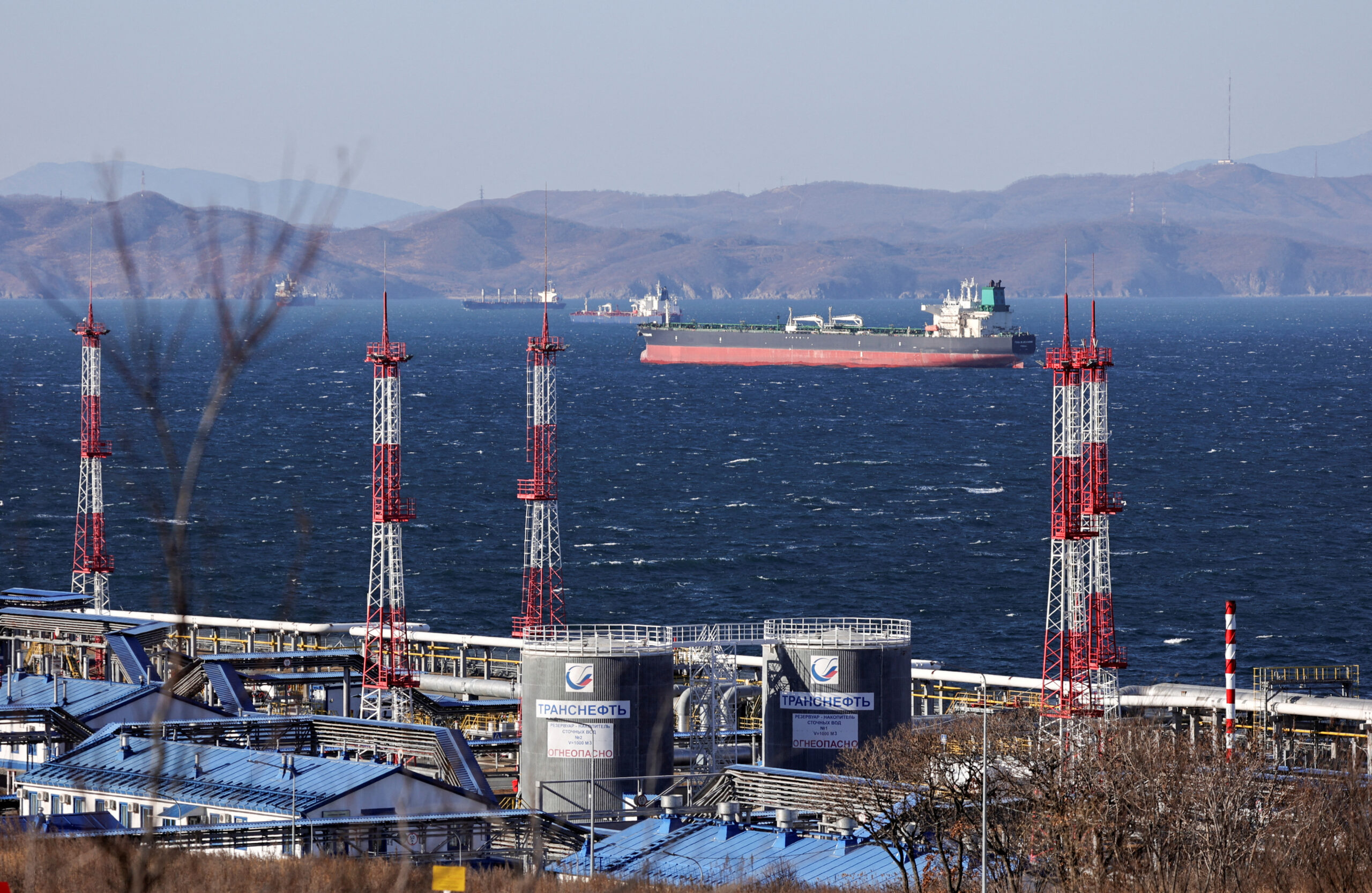Inbound cargo volume at the nation’s major container ports remains poised for year-over-year growth through the first half of 2024 despite disruptions caused by Houthi attacks on shipping in the Red Sea, according to the National Retail Federation’s Global Port Tracker.
NRF Vice President for Supply Chain and Customs Policy, Jonathan Gold, says retailers are actively working to lessen the impact of disruptions caused by Red Sea disruption and the restrictions in the Panama Canal.
“Cargo has been rerouted and goods are arriving where they are needed and in time to meet consumer demand despite the ongoing challenges. Retailers have been impacted by costs and shipping delays, but they are working to minimize any impact on consumers,” said Gold.
In January, U.S. ports covered by Global Port Tracker handled 1.96 million Twenty-Foot Equivalent Units (TEU), an increase of 4.7% from December and 8.6% year over year. Even though February’s numbers have not been reported yet, the Tracker has projected the month at 1.9 million TEU, up 22.7% year over year.
Ben Hackett, founder of Hackett Associates, which produces the Global Port Tracker report on behalf of the NRF, noted that carriers are avoiding the Red Sea and some cargo that previously travelled from Asia via the Red Sea and Suez Canal to the U.S. East Coast is now being rerouted around the Cape of Good Hope. The Pacific West Coast has seen an increase in cargo traffic and some ships are now crossing the Pacific and using the Panama Canal to reach the East Coast.
Hackett says despite these shipping disruptions, global trade continues to flow smoothly and fears of inflation due to increased transportation costs should be alleviated as retailers and carriers adjust to new routes and schedules.
“Retailers and their carrier partners are adjusting to the re-routings and new schedules, which add new costs but those can be partially offset by not having to sail up the Red Sea and not having to pay Suez Canal transit costs. This will continue until there is a resolution and freedom of navigation through the Red Sea and Suez Canal,” said Hackett.
The first half of 2024 is expected to total 11.5 million TEU, showing an increase of 7.8% from the same period last year, according to the report.

 Join The Club
Join The Club










